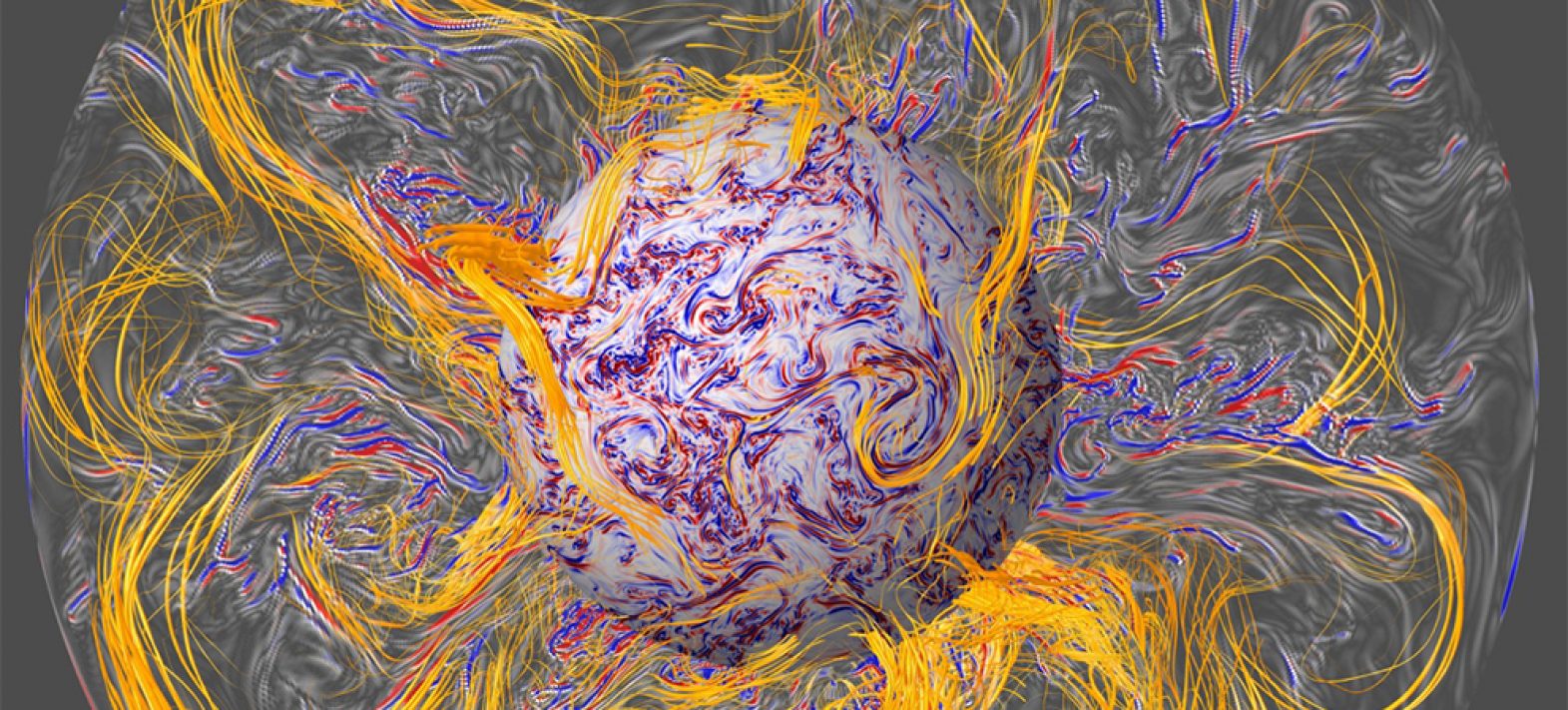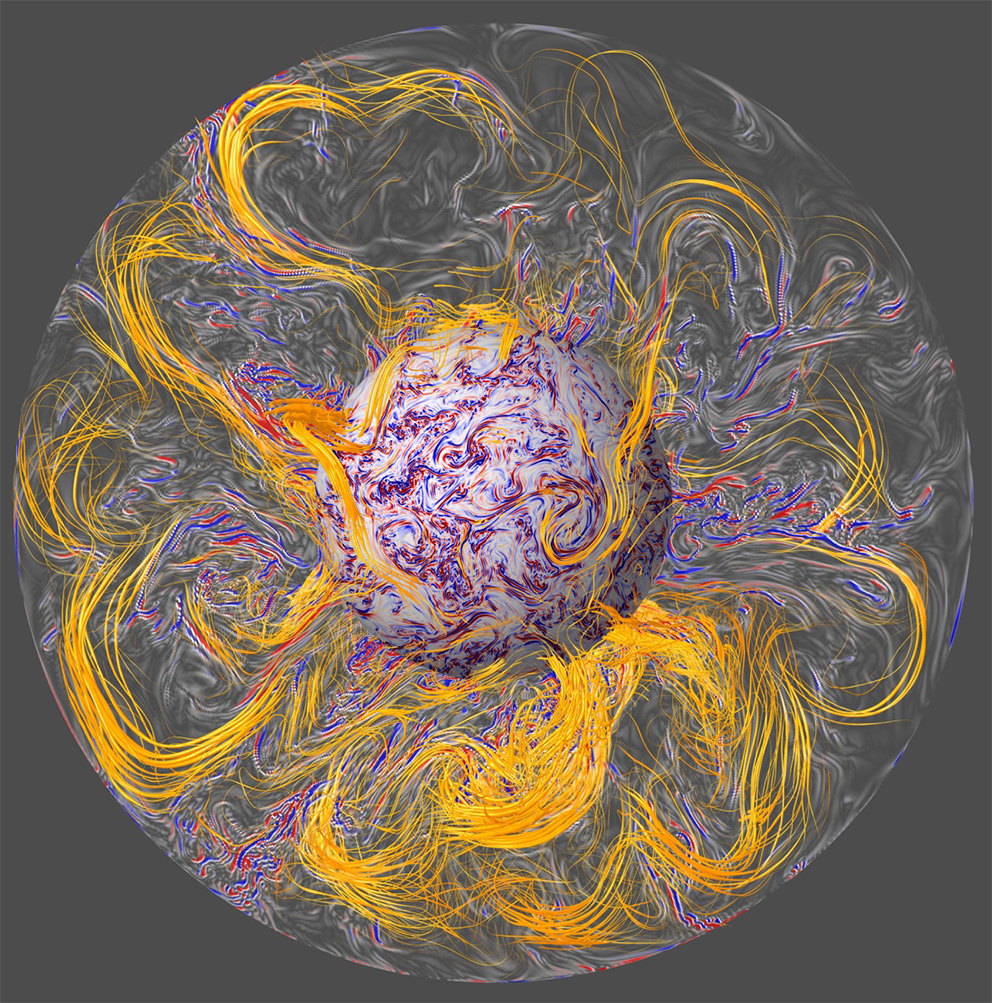Geomagnetic tremors finally reproduced and explained
The Earth's magnetic field experiences unpredictable, rapid and intense anomalies known as geomagnetic jolts. The mechanisms behind these phenomena remained mysterious until recent work by a CNRS researcher at the Institut de Physique du Globe de Paris.

Publication date: 23/04/2019
Press, Research
Related teams :
Geological Fluid Dynamics
Related themes : Earth and Planetary Interiors








